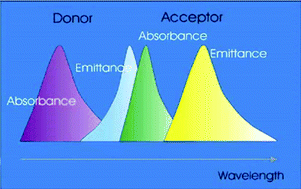Quantum dots: from fluorescence to chemiluminescence, bioluminescence, electrochemiluminescence, and electrochemistry
Abstract
During the past decade, nanotechnology has become one of the major forces driving basic and applied research. As a novel class of inorganic fluorochromes, research into quantum dots (QDs) has become one of the fastest growing fields of nanotechnology today. QDs are made of a semiconductor material with tunable physical dimensions as well as unique optoelectronic properties, and have attracted multidisciplinary research efforts to further their potential bioanalytical applications. Recently, numerous optical properties of QDs, such as narrow emission band peaks, broad absorption spectra, intense signals, and remarkable resistance to photobleaching, have made them biocompatible and sensitive for biological assays. In this review, we give an overview of these exciting materials and describe their potential, especially in biomolecules analysis, including fluorescence detection, chemiluminescence detection, bioluminescence detection, electrochemiluminescence detection, and electrochemical detection. Finally, conclusions are made, including highlighting some critical challenges remaining and a perspective of how this field can be expected to develop in the future.

- This article is part of the themed collection: Recent Review Articles


 Please wait while we load your content...
Please wait while we load your content...